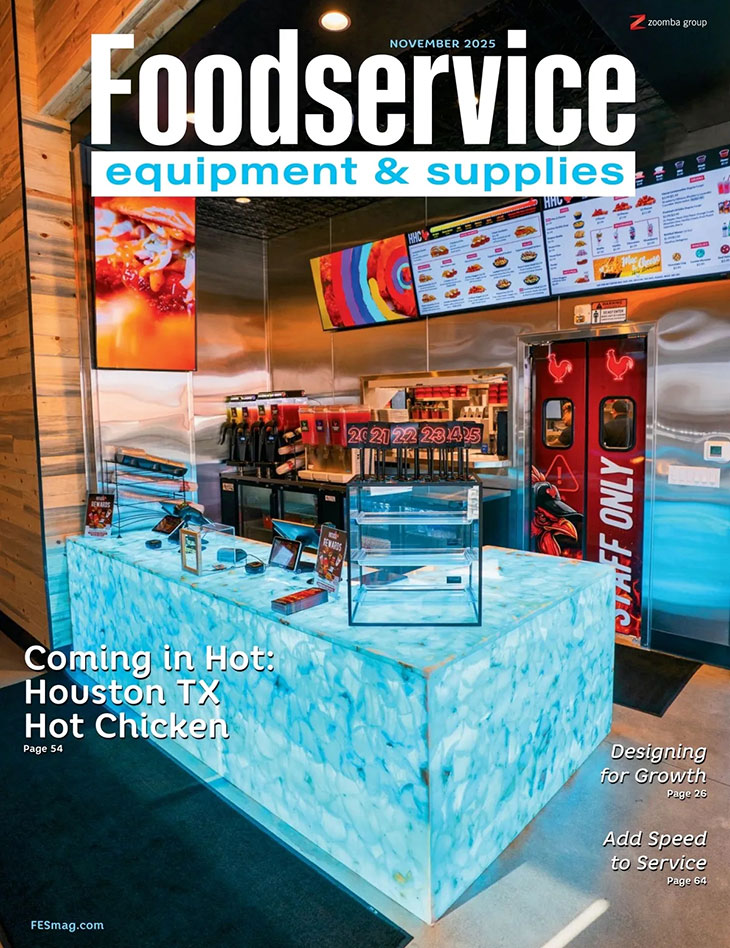Maintaining grills and griddles is important from a safety standpoint since grease buildup is a big fire hazard.
Cooking Equipment Guides
Combination steamer-convection ovens, referred to as combi ovens, are chef-driven pieces of equipment. These units can provide multiple functions in one piece of equipment, with the ability to smoke, roast, fry, steam and bake items.
When choosing a grill, operators should determine what type suits the menu and operation.
Combination steamer-convection ovens, referred to as combi ovens, are chef-driven pieces of equipment. These units can provide multiple functions in one piece of equipment, with the ability to smoke, roast, fry, steam and bake items.
Grills have heat sources located below the cooking grate, while griddle controls determine how much thermal energy is stored.
Combination steamer-convection ovens, referred to as combi ovens, are chef-driven pieces of equipment. These units can provide multiple functions in one piece of equipment, with the ability to smoke, roast, fry, steam and bake items.




















